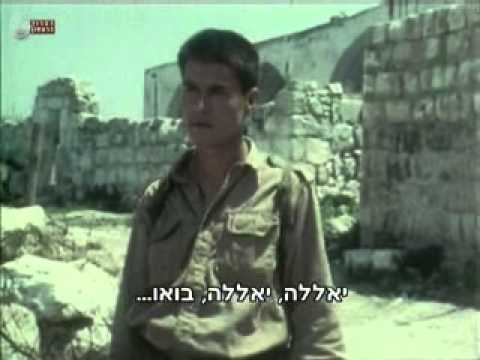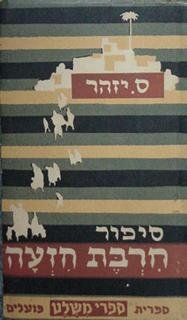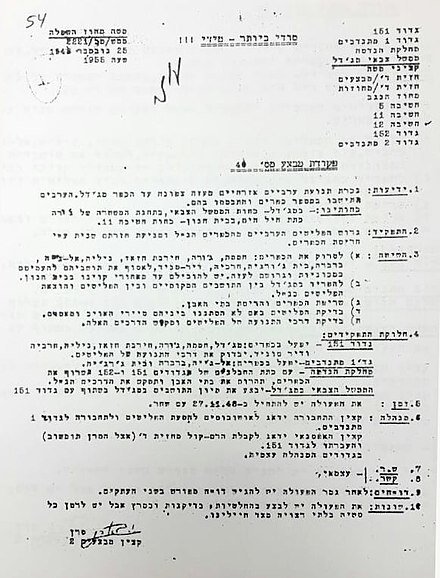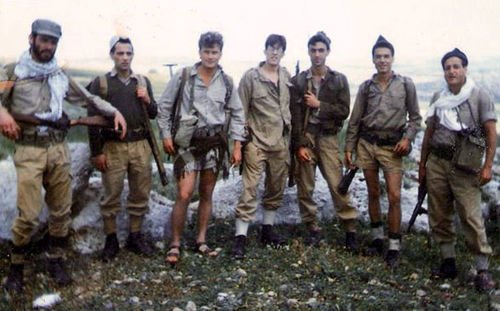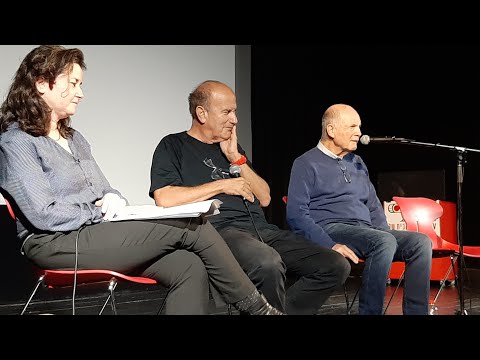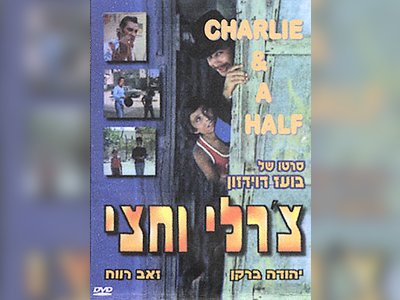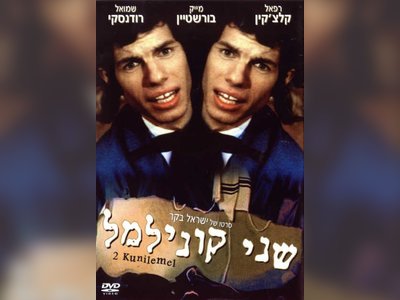"Hirbet Hiz'ah: A Tale of Forced Displacement"
Hirbet Hiz'ah, a small fictional village, is emblematic of the Palestinian Arab villages whose inhabitants were allegedly expelled during the 1948 Arab-Israeli War, a period etched into the annals of Palestinian history as "Al-Nakba" or "The Catastrophe." This documentary-style article explores the narrative penned by S. Yizhar, titled "Hirbet Hiz'ah," which shed light on the morally ambiguous actions of the Israeli Defense Forces (IDF) during this turbulent period.
The Story's Genesis:
In 1949, S. Yizhar published "Hirbet Hiz'ah" under Sifriyat Po'alim Publishing House. The narrative delves into the forced expulsion of the village's Arab residents, serving as a microcosm of similar Arab villages during the 1948 war.
Yizhar's narrative powerfully employs terms such as "exile," "expulsion," "shooting the innocent," and "ruins," deeply entwined with Jewish historical connotations like "crowns." Yizhar, in explaining his motivation, stated, "I felt a deep urge to speak out against the things I witnessed."
Remarkably, "Hirbet Hiz'ah" was Israel's first literary work to delve into the early years of the state's formation. In subsequent years, historians, notably from the "New Historians" school, including Ilan Pappé and Benny Morris, revisited this historical period.
Parallel to Gaza:
Though "Hirbet Hiz'ah" is a fictional village, it bears a striking resemblance to real-life villages in Gaza during the 1948 war.
The IDF Mission:
During the 1948 war, in the southern region, an IDF unit receives orders: (Chapter A) "Gather the residents starting from point X to point Y, load them onto vehicles, cross the lines. Demolish the stone houses and burn the makeshift huts. Detain the youth and the suspects, and clear the area of hostile forces."
The unit marches out, and after a brief wait, commences firing at the village houses and fleeing residents. Later, the unit reaches the village itself. Initially appearing deserted, it gradually becomes clear that elderly men, women, and children have gathered beneath a tall tree.
The soldiers pass through the houses and courtyards, avoiding harm to the villagers but making an effort to ignite and destroy several structures. They witness another unit detonating houses in the village and the suffering of the villagers sheltering under the tree, especially one woman who realizes that the wait under the tree is more than a momentary respite – it's a one-way journey.
Over time, doubts begin to creep into the soldier's mind about the correctness of evacuating the people from their village. He debates within himself and minimally with his comrades in arms.
The Revelation:
In the afternoon, four trucks arrive. The residents start boarding them. A woman and a young child board one of the trucks, and the soldier presumes that this child will grow up as an eternal enemy, a future "serpent or viper," the same child who is now crying as an innocent baby. Observing the loaded trucks, several realizations dawn upon him – "Exile. This is what exile looks like."
Translations:
"Hirbet Hiz'ah" has been translated into various languages, including Arabic (1981), German (1997), Italian (2005), English (2008), Spanish (2009), and French (2010), reflecting its universal appeal.
Cultural Impact:
Inspired by the narrative, Israeli artist Mordechai Ardon created the painting "Hirbet Hiz'ah," which was acquired by the National Gallery of Modern Art in Rome and displayed there. Following Ardon's receipt of the UNESCO Prize in 1954, UNESCO produced thousands of reproductions of the painting, widely distributed worldwide.
Television Adaptation:
A television adaptation of "Hirbet Hiz'ah" was created by Channel One, directed by Ram Levi. Controversy surrounded its planned broadcast in February 1978, focusing on two main issues: whether public television in Israel should produce a film that, according to opponents, served as a critique of the IDF's actions, and the historical scope of the events depicted (the number of Arab villages expelled during the war).
The Speaker of the Knesset petitioned the Chairman of the Broadcasting Authority to postpone the broadcast, but the request was denied. Subsequently, Education Minister Zvulun Hammer called for a delay in the broadcast until after the Knesset debate. Attorney Amnon Zichroni filed a petition to the High Court of Justice against the postponement, but the Court refused to rule on the matter until the Broadcasting Authority rendered its decision.
The Broadcasting Authority's employees protested political interference in their independence by dimming the lights during the intended broadcast time (approximately 50 seconds). Ultimately, the drama was aired following the decision of the Broadcasting Authority's board. The Knesset's Education Committee held five sessions on the film and ultimately determined that the principle of artistic freedom was not subject to appeal.
However, the Committee called on the Broadcasting Authority to produce a comprehensive series of broadcasts on the history of Zionist struggle and the justness of our national enterprise, emphasizing the Authority's duty to provide an appropriate expression of the public's views.
Legacy:
"Hirbet Hiz'ah" has been republished multiple times within collections of S. Yizhar's stories, enduring as a powerful literary work that resonates with the complex history of Israel and Palestine.
- חרבת חזעהhe.wikipedia.org
